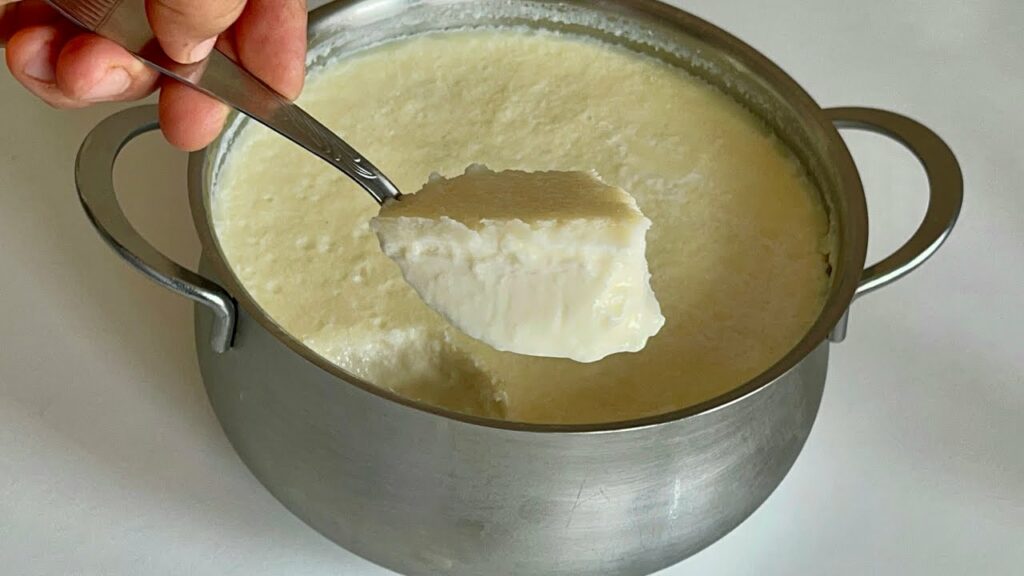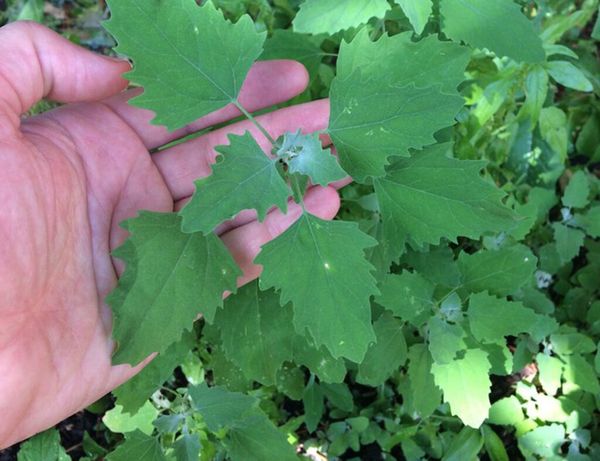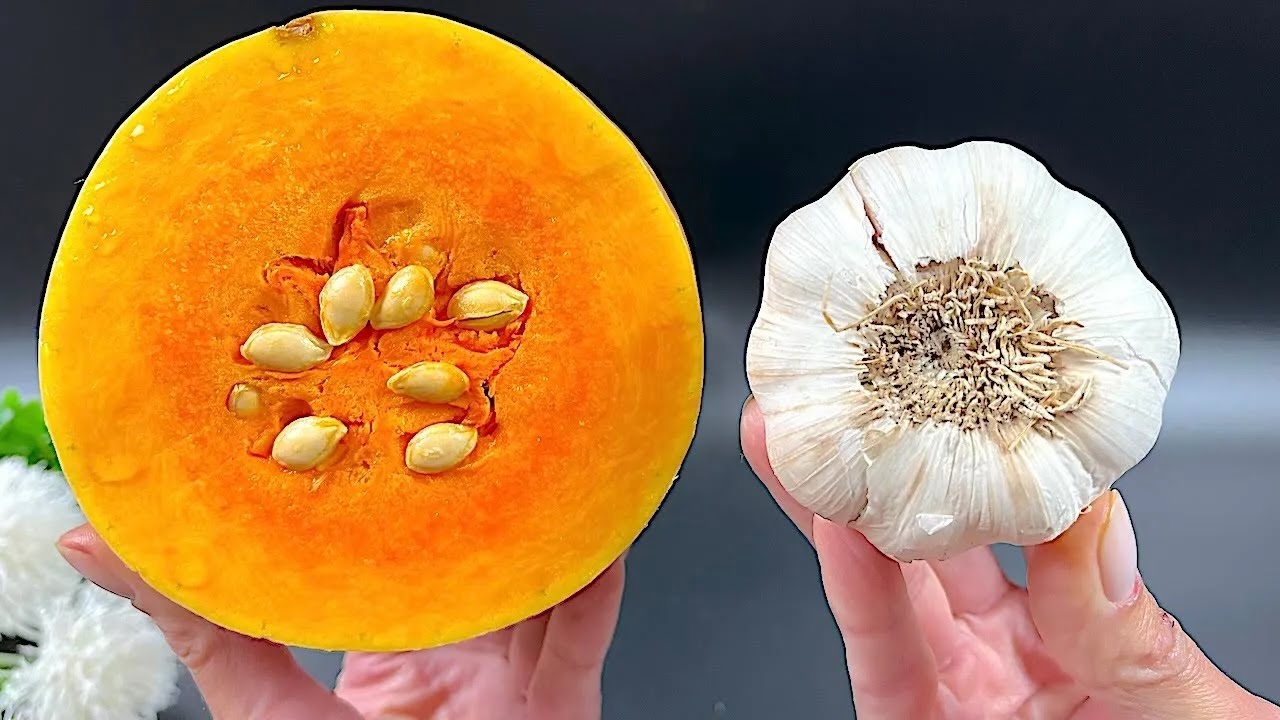
Fermenting your own yogurt can be a delightful and rewarding kitchen endeavor. Not only do you end up with a product that is tastier and potentially healthier than store-bought versions, but you also gain the satisfaction of having made it yourself. For those looking to create yogurt with a consistency as firm as stone, here are some tips and tricks to ensure your success.
Why Make Your Own Yogurt?
Homemade yogurt is free from the artificial thickeners and preservatives often found in commercial varieties. Plus, it allows you to control the sweetness and the amount of added flavors. Fermenting your own yogurt also provides a fresh supply of probiotics, which are great for digestive health.
Ingredients and Tools:
-
4 cups of milk (whole milk works best for thicker yogurt)
-
2 tablespoons of existing yogurt with live cultures or a yogurt starter culture
-
A thermometer
-
A saucepan
-
A whisk
-
An insulated container or yogurt maker
Step-by-Step Guide to Making Thick Yogurt:
-
Heat the Milk: Pour the milk into a saucepan and slowly heat it to 185°F (85°C). This denatures the milk proteins, allowing the yogurt to set firmly.
-
Cool the Milk: Let the milk cool down to about 110°F (43°C). You can speed up the cooling process by placing the saucepan in a cold water bath.
-
Add the Starter: Whisk in the existing yogurt or starter culture into the cooled milk. Make sure the yogurt used has live active cultures, which are essential for fermentation.
-
Incubate: Pour the milk into your insulated container or yogurt maker. Maintain the temperature at around 110°F (43°C) for about 4-10 hours. The longer it incubates, the thicker and tangier the yogurt will become.
-
Refrigerate: Once the yogurt has set to your liking, transfer it to the refrigerator. Chill it for at least 6 hours to halt the fermentation process and set the texture.
-
Optional Straining: For an even thicker texture, akin to Greek yogurt, strain the yogurt through a cheesecloth or a fine mesh strainer to remove excess whey.
Tips for Perfect Yogurt Every Time:
-
Consistency: If your yogurt isn’t setting as thick as you’d like, try adding a tablespoon of milk powder to the milk before heating it. This increases the protein content, which helps thicken the yogurt.
-
Flavoring: Add flavors only after the fermentation process to avoid interfering with the culture. Vanilla extract, honey, or fruit purees are popular choices.
-
Hygiene: Ensure all utensils and containers are thoroughly cleaned to prevent unwanted bacteria from influencing your yogurt’s development.
Enjoy Your Homemade Creation
With these simple steps, you can enjoy homemade yogurt that’s not only thick and creamy but also packed with beneficial probiotics. Whether enjoyed plain, topped with fruits, or used in recipes, your homemade yogurt is sure to be a hit.







